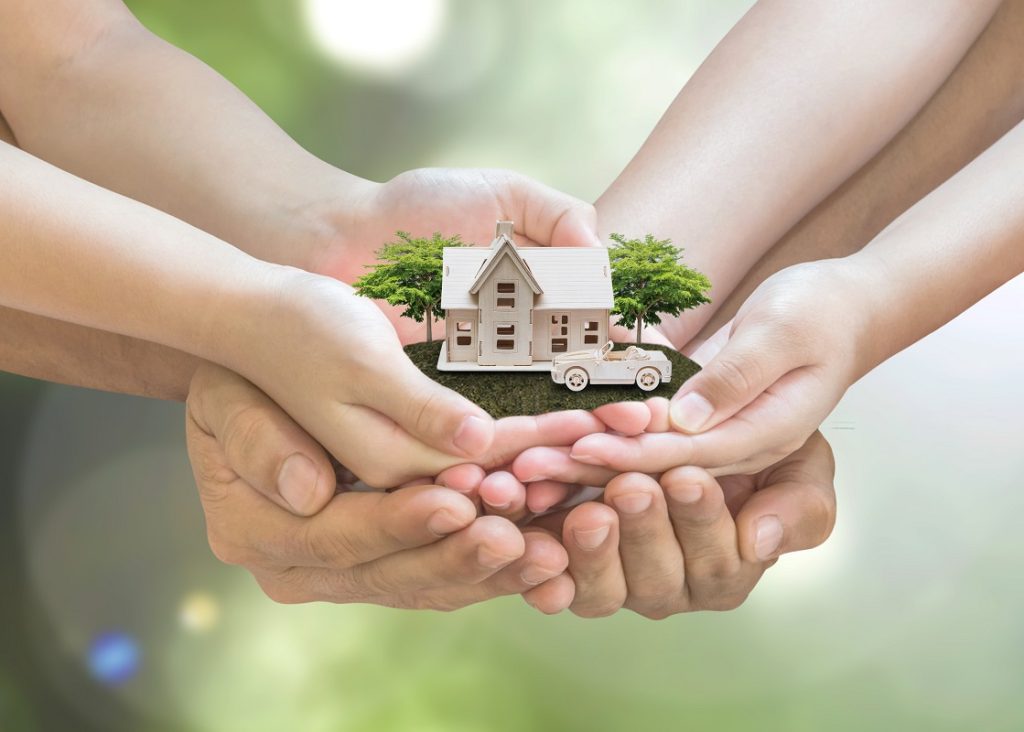- Location and accessibility should be considered when building a community center.
- Set a realistic budget and factor in all expected costs, including maintenance costs.
- Consider the design of the center and what purpose it will serve.
- Include security and safety measures when constructing the community center.
- Involve the local population in your plans to create a sense of ownership.
When constructing a community center, there are several important considerations to remember. Many factors play into a center’s success, from finding an appropriate location to creating a design that serves its purpose. Here are five key points you should consider when building your community center.
1. Location and Accessibility
Finding an appropriate location for your community center is crucial. It must be accessible for all local area members, including those with limited mobility or transportation access. Consider nearby population density and the availability of public transportation options for people who need it most. If possible, locate it in an area with plenty of space for future expansion or programs.
2. Cost and Budgeting

When constructing a community center, setting a realistic budget is important. Make sure to factor in all expected costs upfront, such as construction materials, labor, permitting fees, rent or mortgage payments (if applicable), and any other overhead expenses that may arise during the building process. You should also account for future maintenance costs like repairs or upgrades, as these can quickly add up.
Maintenance costs
Another cost to consider when constructing a community center is any future maintenance costs you may incur. Consider electricity bills, repairs and general upkeep when budgeting for your project. These costs can become substantial over time, so plan accordingly; investing in quality building materials will help reduce long-term maintenance needs.
Grants and government funding
Charitable grants and government funding projects can be a great way to offset the cost of building a community center. Research local and state programs that may provide grants, tax credits or other resources that can help support your project. Carefully read through all available options before applying, as many have specific criteria and strict rules, you must follow to qualify.
3. Design and purpose
When constructing a community center, it’s also essential to consider its design and purpose. Think about the types of activities and services it will offer, who will be using it, and how you want the space to look and feel for those who use it. Depending on the scope of your project, you may need specific features like wheelchair accessibility or additional bathrooms—ensure these are accounted for in the design phase.
Facilities and Amenities
From sports courts to meeting rooms and resources for the local population, you could include many features in your community center. Additionally, ensure that the center’s design suits its purpose—for example if you plan on hosting classes or seminars, ensure enough room for seating and any necessary equipment. It’s best to ensure each feature is required and relevant to the community’s needs, as this will help you make the most of your budget and space.
4. Security and Safety Measures

Safety must come first when building a community center; therefore, consider security and safety measures during every development step. Install modern alarm systems with motion sensors and surveillance cameras if needed; also consider the possibility of having a guard onsite, especially in areas with high crime rates.
Invest in high-quality materials
Additionally, design the center to minimize potential dangers, such as using durable materials for walls and floors or adding ramps to ensure better mobility access. For outdoor spaces such as decks and terraces, use non-slippery and fireproof materials. Investing in high-quality deck waterproofing membrane materials can protect the floor from water damage and provide a non-slippery surface safe for people using the center. Waterproof membranes also offer extra protection against fire, which is especially important in areas prone to wildfires.
5. Community Involvement
Lastly, it’s essential for a thriving community center that the local population is involved in its creation. Host meetings with community members to discuss what they would like to see in their center—this will give you valuable insight into potential features and foster a sense of ownership among residents. Additionally, incorporating existing organizations or groups into your planning process whenever possible helps provide more diverse perspectives on how best to design the center.
To Wrap Things Up
Building a community center is an exciting project with long-term benefits for everyone involved. Remember these five considerations when planning your project, and you’ll be sure to create a successful center that meets the local area’s needs. From finding an appropriate location with accessibility options to budgeting and design purposes, here are five things to consider when constructing your center. Security and safety measures should also be considered and involve the local population in your plans. With careful planning and consideration of these factors, you’ll have the resources necessary to make your project successful.

